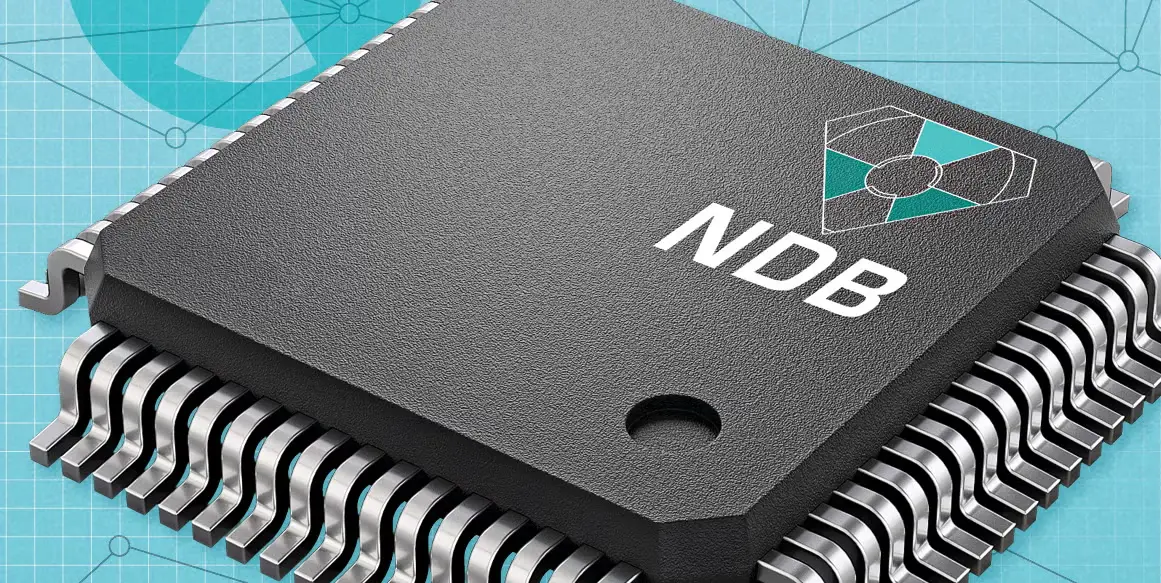Scientists have made light waves reverse in time using metamaterials in a lab. Here is some key information for you to watch before deciding to read the whole article. Thanks for visiting us!
Reversing Time with Light
Physicists at the City University of New York have achieved a significant breakthrough in the field of wave physics by demonstrating “time reflections” with light. In a process long considered purely theoretical, researchers managed to make light waves travel backward in time using metamaterials—special materials with tunable optical properties. Led by physicist Andrea Alù, the team’s work is a step towards understanding how light can be manipulated in ways that may one day revolutionize signal processing and communications technologies.
The concept of time reflections involves rapidly changing the optical properties of a material in such a way that a light wave reverses its path in time. In normal reflection, light bounces off a surface in space, like a ball hitting a wall. Time reflection, however, forces the light wave to retrace its steps in time. This phenomenon, though theoretically known for decades, had never been observed in practice due to the extreme difficulty in creating the necessary conditions to manipulate light so quickly.
The Role of Metamaterials
The breakthrough became possible through the use of metamaterials, which are engineered with microscopic structures that allow them to interact with light in extraordinary ways. Alù’s team used a waveguide, which channels light, and packed it with capacitors to rapidly alter the material’s optical properties. This enabled them to control the speed of light passing through the waveguide, creating the conditions for time reflections to occur.
Time reflections create a variety of unusual effects. For example, the signal at the start of a time-reflected wave appears at the end of the reversed wave. Furthermore, the reflected wave changes in frequency, so in a mirror, you might see the back of your head, but in a different color. These effects, predicted in theory, were observed in the team’s experiments, showing how time reflections can alter both the timing and frequency of light waves.
Future Implications and Discoveries
The potential of time reflections extends beyond laboratory curiosity. By controlling how light behaves in time, researchers can create new ways of processing signals, which could improve telecommunications systems and even power new technologies, such as light-based computing. Alù’s team also discovered that colliding beams of light inside the waveguide during a time reflection behave unusually, acting like particles bouncing off each other rather than as waves interacting.
This work ties into a broader trend of experimenting with how time and space can be swapped or manipulated in physics. Researchers like Nader Engheta from the University of Pennsylvania see exciting possibilities in continuing to explore these effects, as they may lead to new tools and technologies in fields ranging from energy conversion to quantum computing.
In sum, the creation of time reflections in light waves offers both fascinating insights into fundamental physics and practical applications that may reshape our future technologies. Though the full impact of these discoveries remains to be seen, Alù’s experiment marks an exciting milestone in wave physics.




